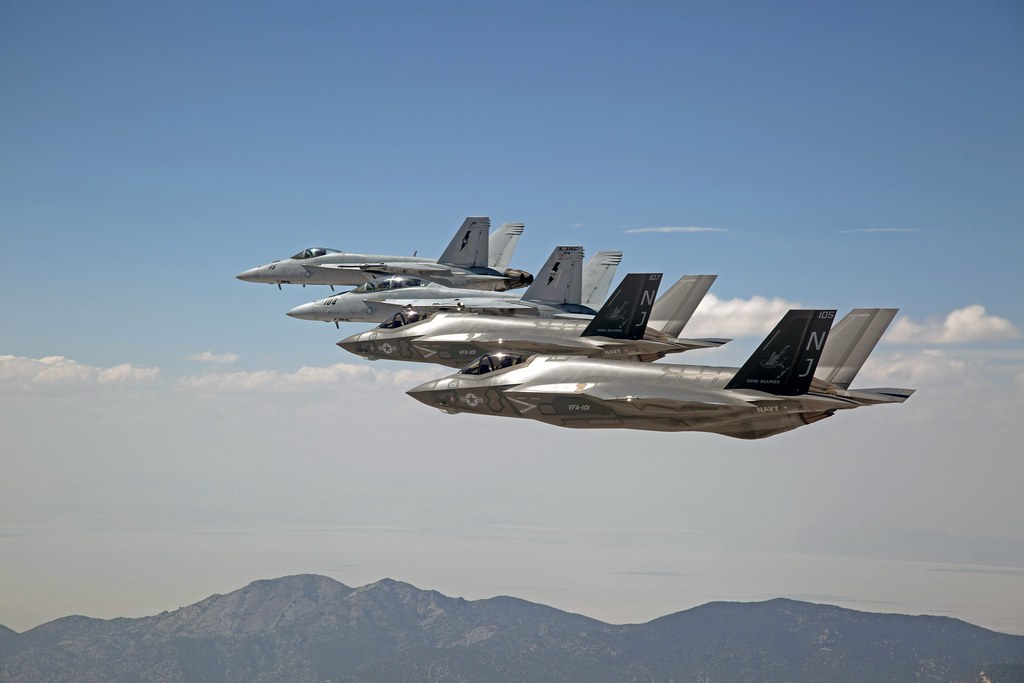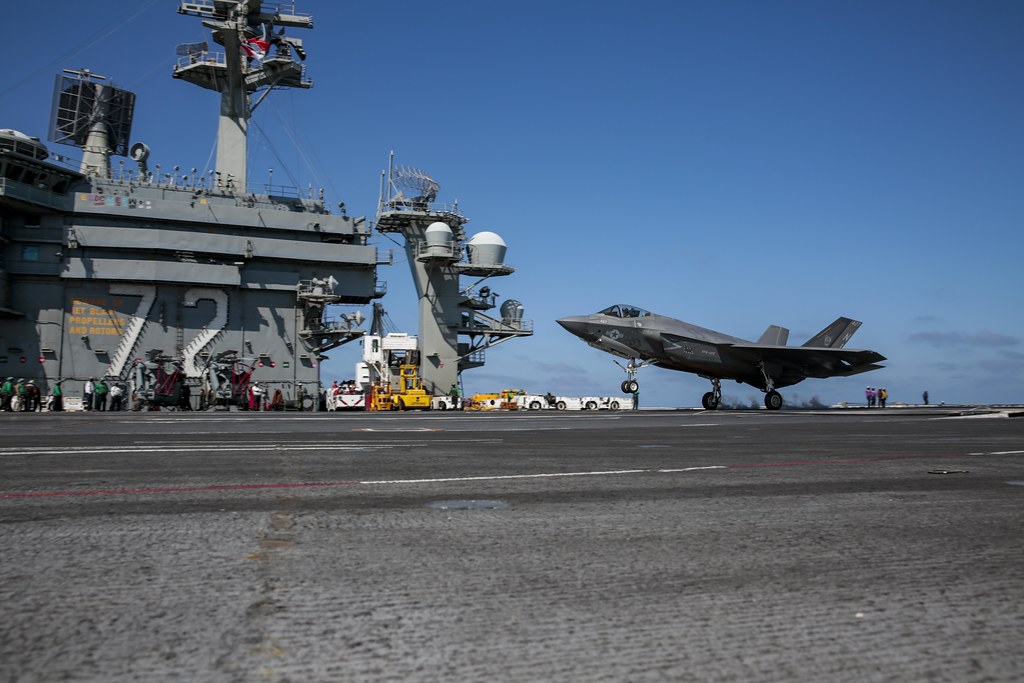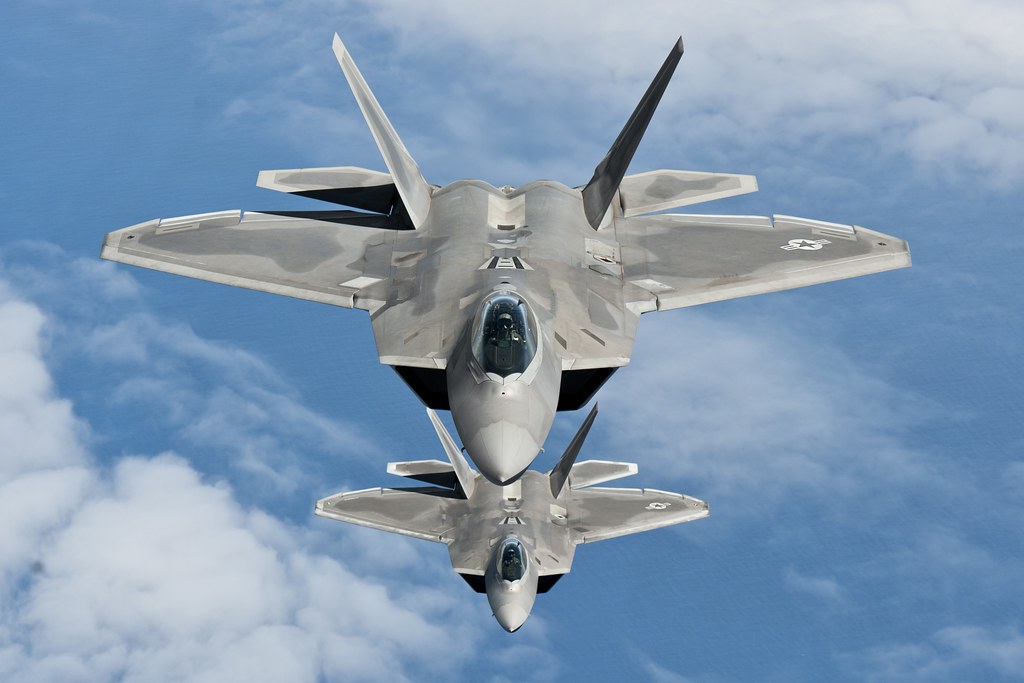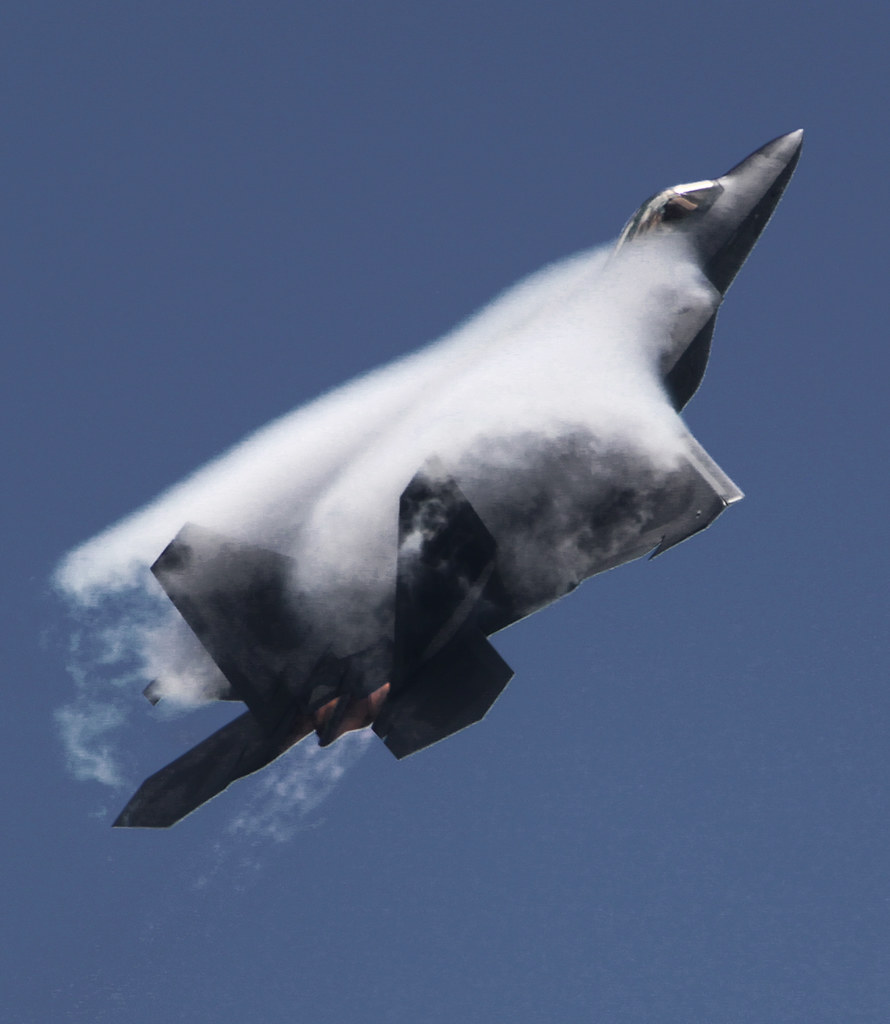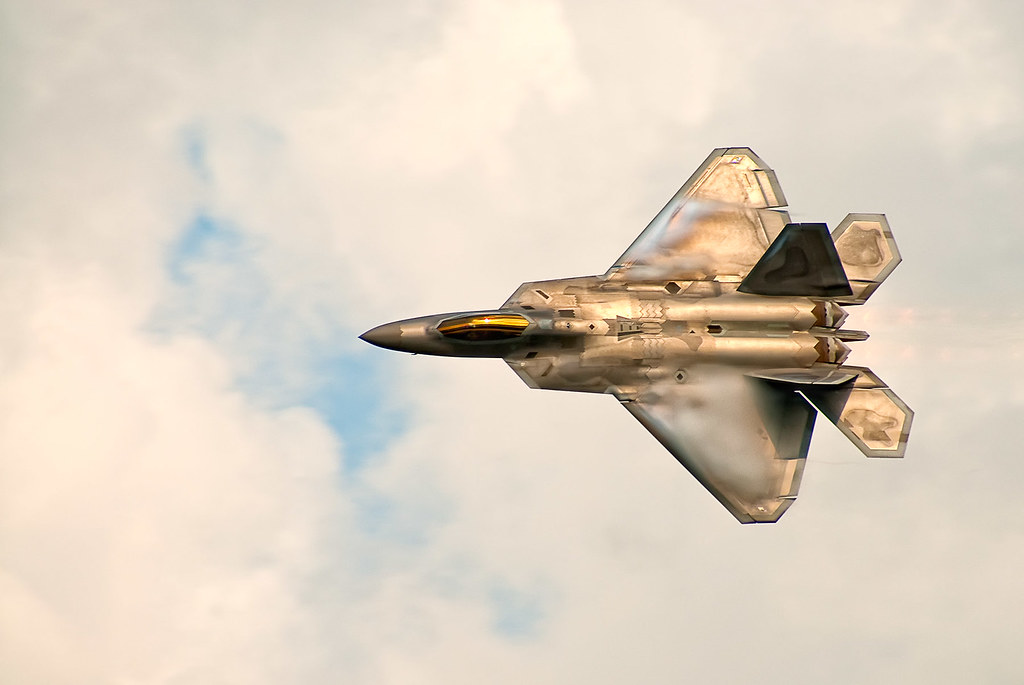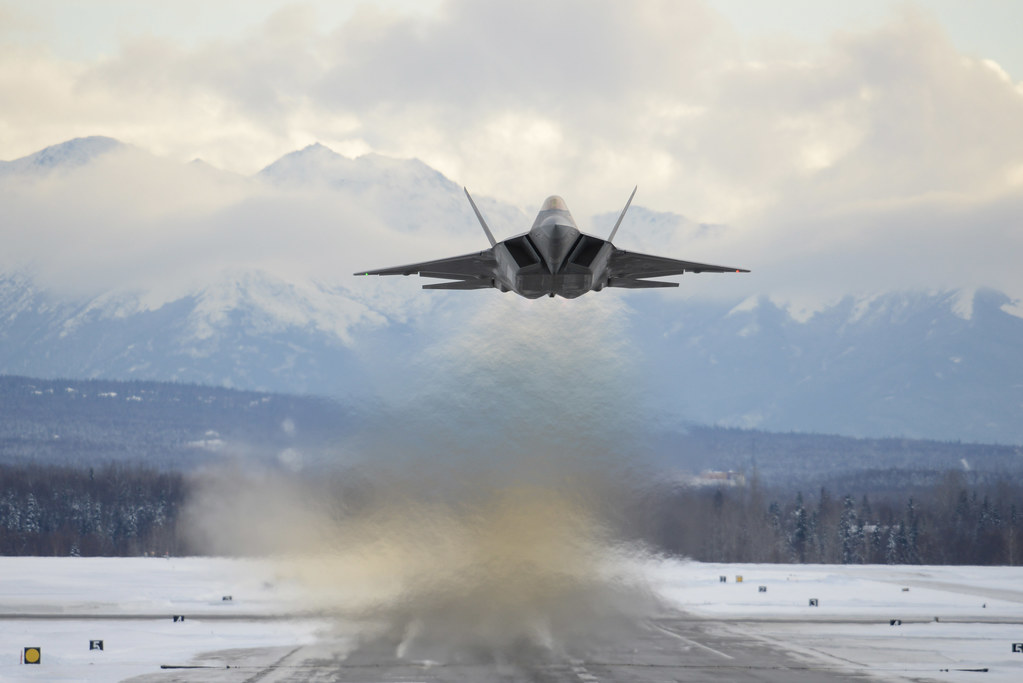
In the annals of military aviation, few aircraft have captured the imagination quite like the F-22 Raptor, the Air Force’s premier air superiority fighter. However, a little-known chapter in the Raptor’s history is the consideration of a naval variant—an F-22 designed to operate from the decks of aircraft carriers, nicknamed the “Sea Raptor.” Despite its intriguing potential, the U.S. Navy ultimately decided to bring the F-35C Lightning II to its carrier wings instead. This decision was rooted in practical and strategic considerations, including the F-22’s complex redesign issues that could compromise its stealth and the exorbitant costs associated with such modifications.

During the early 1990s, naval defense planners and Members of Congress considered the possibility of adapting the F-22 for carrier operations. The U.S. Navy was in search of a new fifth-generation fighter to replace the venerable F-14 Tomcat. The allure of a carrier-capable F-22 lay in its already proven stealth characteristics and its dominant air-to-air combat performance.
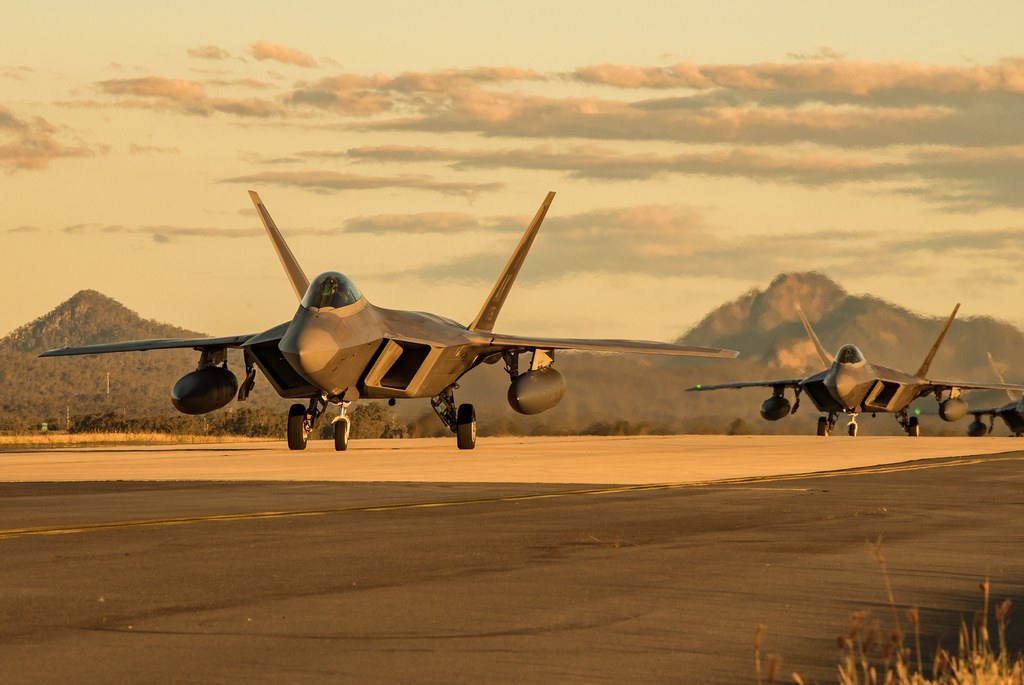
The prospect of launching a Raptor from a carrier deck was compelling, yet it became evident that the F-22’s structural redesign for carrier suitability would impact its prized stealth characteristics. The necessary enhancements, such as a strengthened fuselage for catapult launches and swept-wing design for arrested landings, posed significant challenges. Moreover, the maintenance costs associated with swept wings, as experienced with the Tomcat, added financial concerns to the equation.
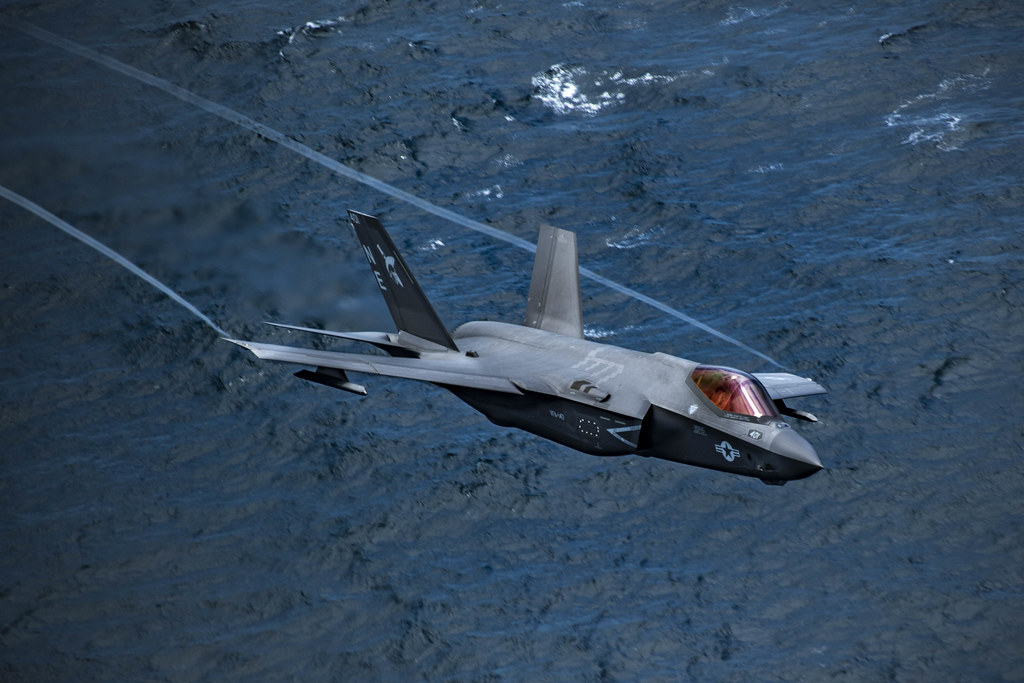
As the F-22’s potential naval adaptation was mulled over, the Navy eventually found its answer in the F-35C Lighting II, a variant of the Joint Strike Fighter specifically designed for carrier operations. This decision was solidified years after the initial consideration of the Sea Raptor when the F-35C was deployed on the Carl Vinson Carrier Strike Group. The F-35C features highly advanced sensors capable of managing battles in the air and conducting extensive intelligence, surveillance, and reconnaissance missions, passing critical data across the battlefield. It boasts a Mach 1.6 top speed and a range of 1,200 nautical miles, making it well-suited for carrier operations without the redesign complexities that faced the F-22.
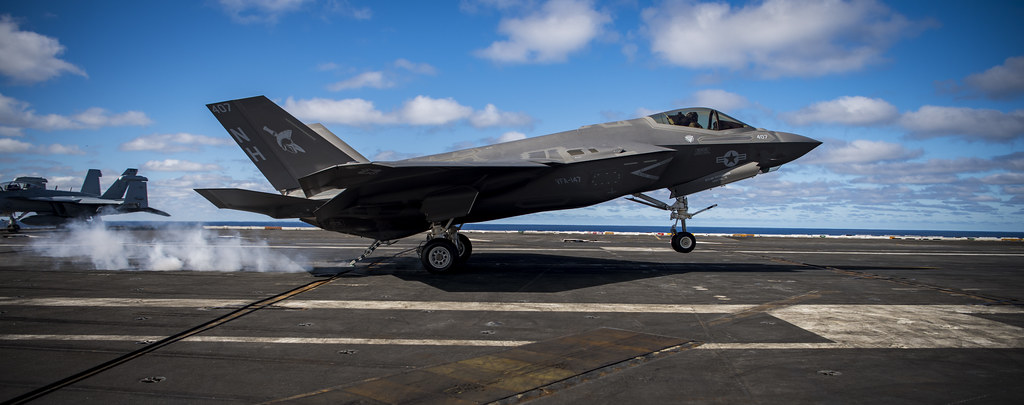
It’s worth noting that the F-22 program, despite its no-go for carrier operations, has continued to evolve. The F-22 fleet’s availability rates have been a concern, with the Air Force’s annual availability standard for the jet often not being met. In Fiscal Year 2016, for example, the average number of F-22s available for operations was only 80 out of an inventory of 186. Efforts to address maintenance challenges, especially the upkeep of the aircraft’s Low Observable (LO) coatings, and supply chain issues have been ongoing. Still, the small size of the fleet and the complexity of maintaining it have been persistent challenges.
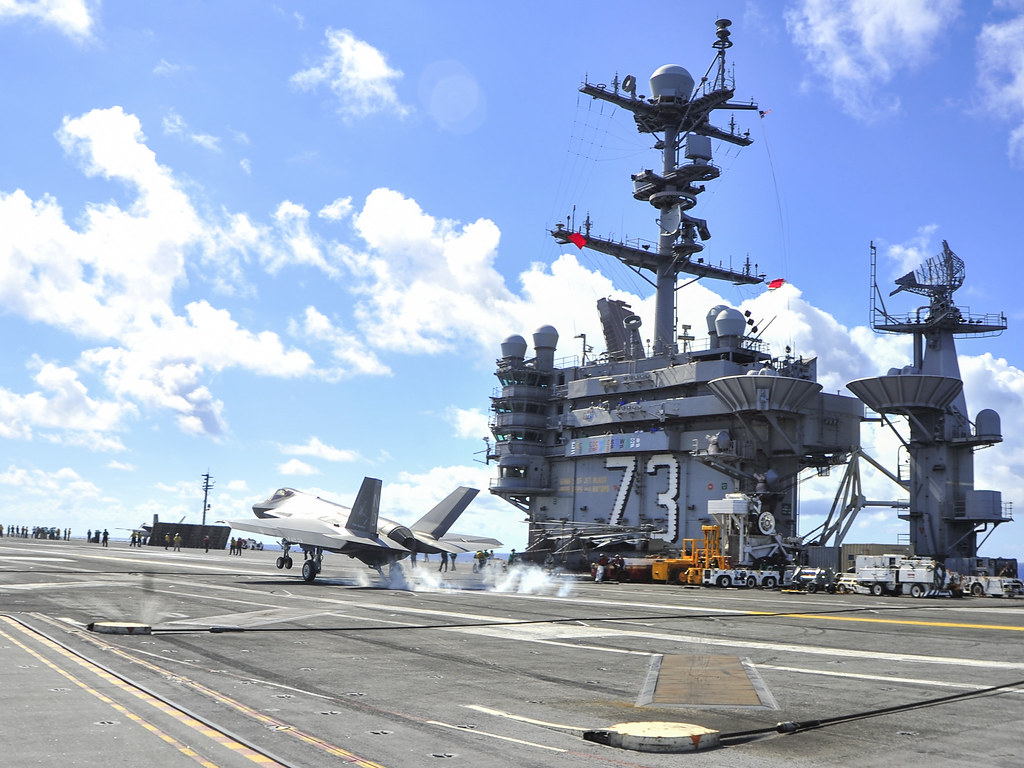
As the F-22 continues to be a linchpin for American air power, it also serves as a developmental springboard for future advancements. Lockheed Martin, the manufacturer of both the F-22 and F-35, has been actively developing new technologies such as low-drag, stealthy fuel tanks that could not only benefit the Raptor but might also apply to other platforms like the F-35. Brig. Gen. (Maj. Gen. Select) Dale White, program executive officer for fighters and advanced aircraft, said “At the end of the day, we still have a threat we have to address now,” White insisted. “The F-22 represents our ability to address that threat and it will continue to be the bridge to NGAD and to do that, we have to keep it modernized; we have to keep it lethal and operationally viable.”
related images you might be interested.
